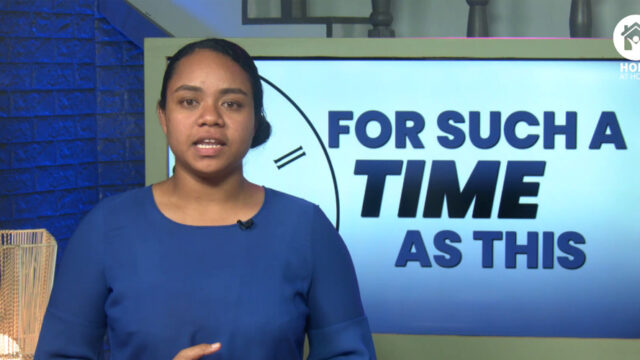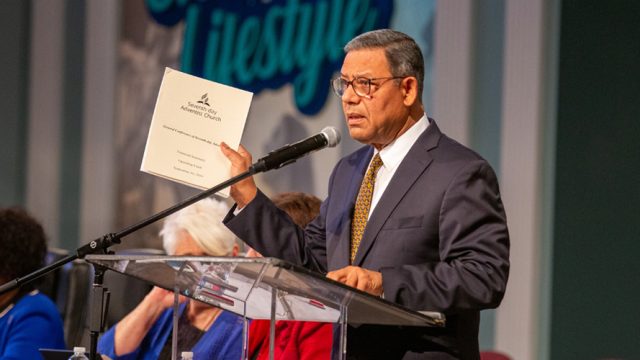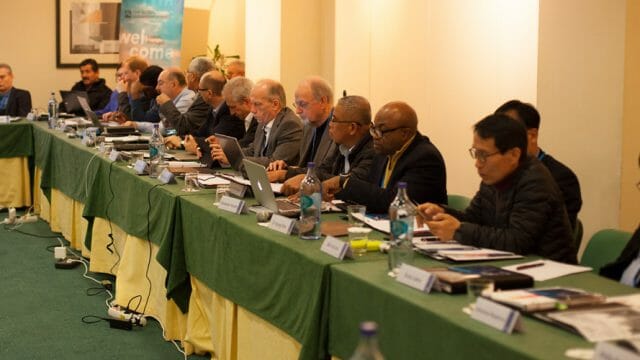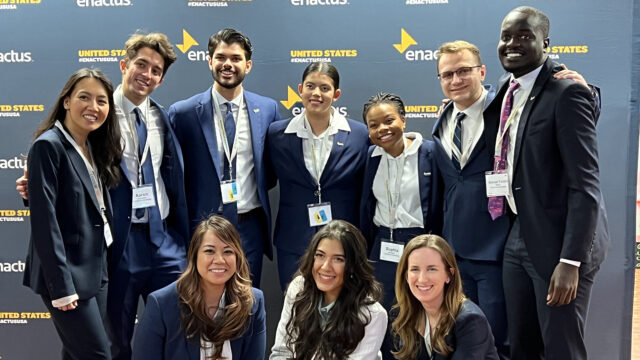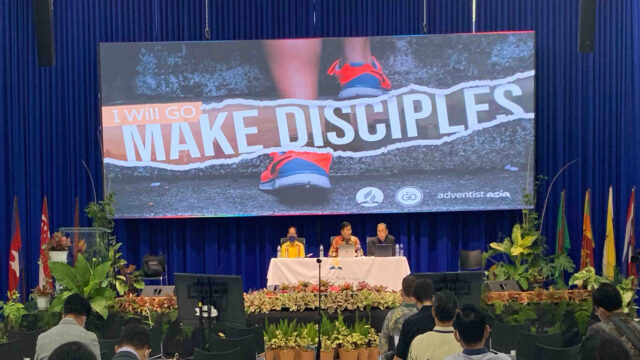Church members in the country can now take a course intended to build bridges with Native communities.
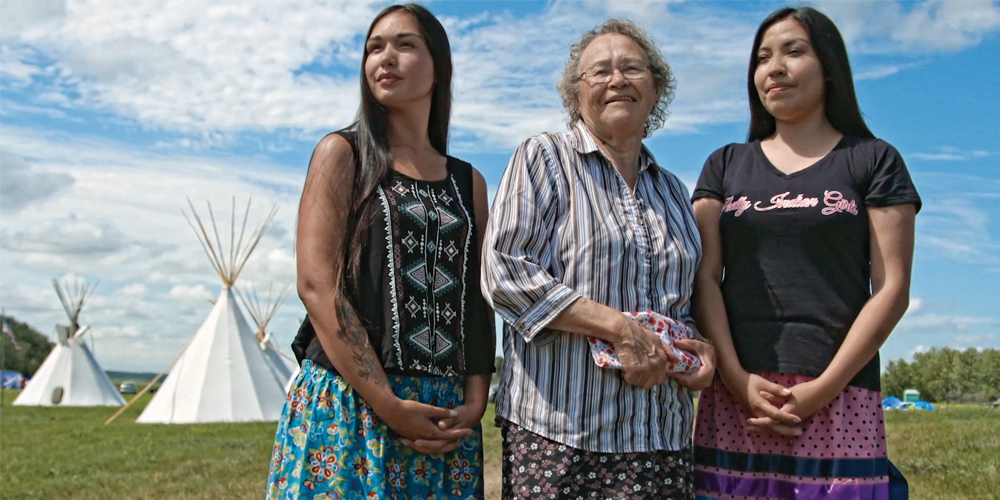
Between 1831 and 1996, more than 150,000 Indigenous children (First Nations, Inuit, and Métis) were taken from their homes and forced to attend one of 139 residential schools operating in Canada. More than 6,000 of these children died at school.
In the first part below, Campbell Page, director of Indigenous Relations for the Seventh-day Adventist Church in Canada, shares his story.
Proud of Their Resilience
“My father, Donald Page, was a Métis from the Red River, where his great-grandfather married a Saulteaux woman named Jane Prince, who had roots in the Peguis First Nation. I am proud of my Métis ancestors. After the Red River and the Northwest Resistances, many were forced to hide their ancestry to protect themselves and their descendants. If they were recognized as Métis, their lives were often in danger. It became a habit to hide everything that would reveal their identity — their names, languages, customs, religious beliefs, the clothing they preferred to wear — all of it lost to the fear of being recognized for who they really were.
“My mother was Lorna Archibald. Her great-grandmother, Mary Alisappi, was Mushkegowuk Cree from the Moose Cree First Nation located in the present-day Moose Factory, Ontario. I am a survivor of the intergenerational trauma that developed because my First Nations Alisappi family members were forced to attend a residential school. Many of my maternal relatives suffered intense shame because of their school experiences. Their brokenness was passed down from generation to generation. I’m proud of their resilience and their efforts to protect their children.”
Education the Next Step
Justice Murray Sinclair, chair of Canada’s Truth and Reconciliation Commission, wrote, “While Indigenous children were being mistreated in residential schools — being told they were heathens, savages, pagans, and inferior people — that same message was being delivered in the public schools of this country. Education got us into this mess, and education will get us out.”
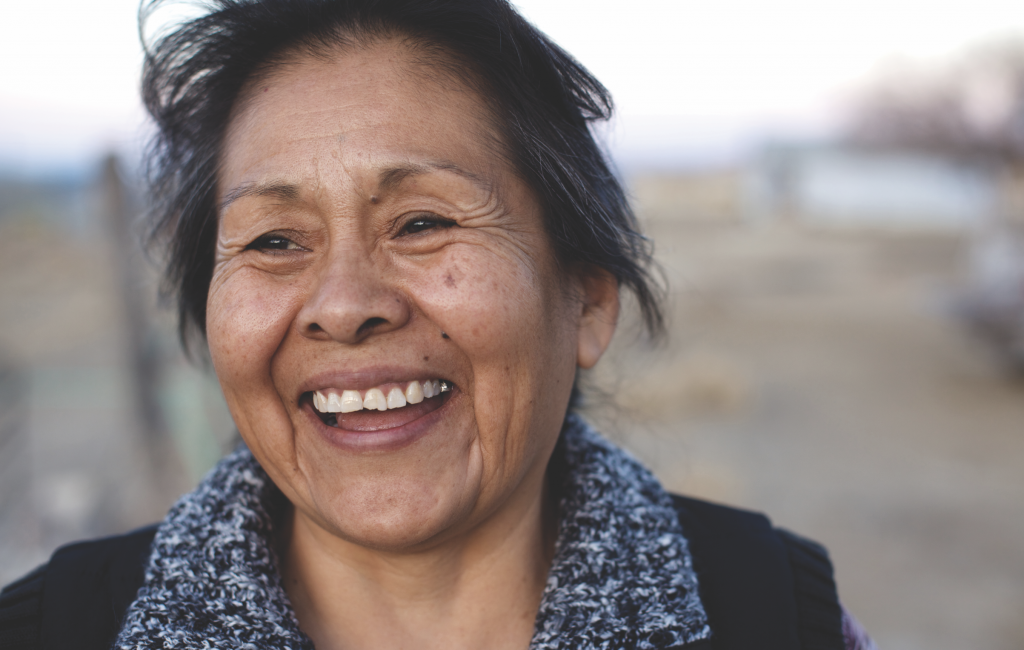
There’s an old saying: “History is written by those in power.” Is it possible that the history books we read as children in school created cultural biases within us? When we graduated from grade school in Canada, how did we feel about the explorers who came from Europe, the Hudson’s Bay and North West companies, and the Indigenous Peoples of Canada?
These were all people we’d never met. We relied on the writers of history books to introduce us to them, but it’s unlikely those writers had met them either.
Well, we’re not children anymore. We will see how the course 4 Seasons of Reconciliation can help us find the truth.
The Doctrine of Discovery
The rush to discover new worlds and claim them for their countries sent European explorers across land and sea. The papacy issued three legal documents related to discovery, based on its claim of spiritual lordship of the whole world and its role in regulating relations among Christian princes and between Christians and unbelievers.
Pope Nicholas V signed the 1452 papal bull titled Dum Diversas and the 1455 bull titled Romanus Pontifex. Pope Alexander VI signed the 1493 bull, Inter Caetera.
When explorers from Spain, Portugal, England, France, and Holland traveled the world to discover and create colonies, they traveled with the stance of these original papal bulls: everything was theirs for the taking. This was later known as the Doctrine of Discovery. Indigenous Peoples (considered non-Christians) living on the “discovered” lands could be invaded, captured, or vanquished because they were considered to be pagans, enemies of Christ—actually, less than human. The explorers could take everything they owned and reduce them to perpetual slavery. Indigenous Peoples all over the world lost everything, including ownership of the lands they’d lived on for centuries. Sometimes they even lost their lives.
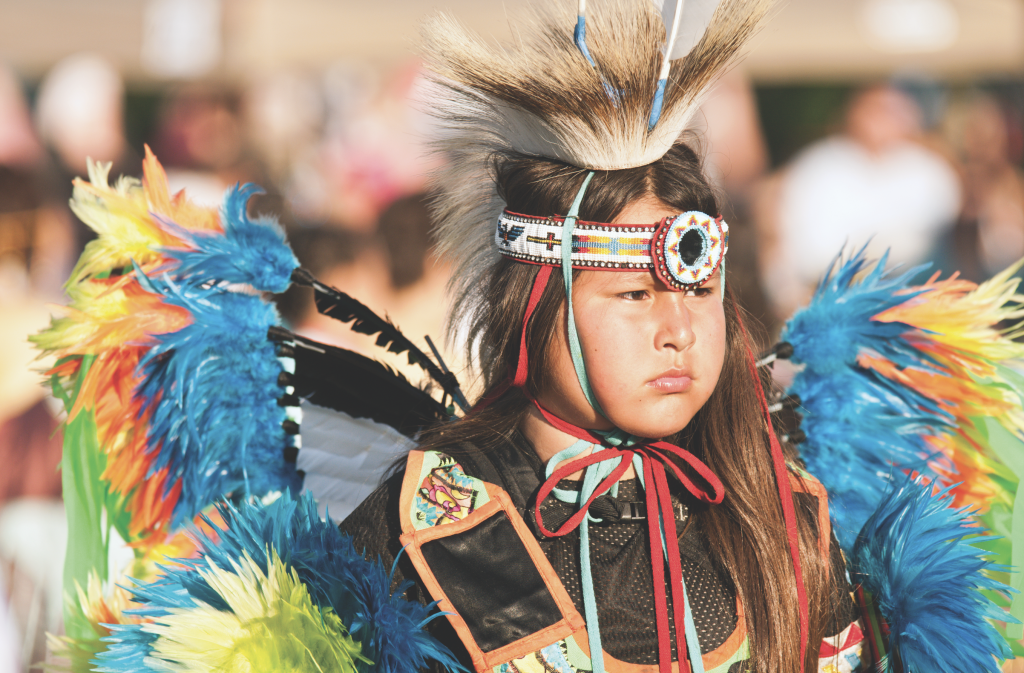
Historians have found a trail leading from the papal bulls to the present-day Canadian legal system through the Royal Proclamation of 1763, the 1876 Indian Act, and the 1982 Constitution Act. Indigenous Peoples believe that, from the beginning, it was their responsibility to care for the land our shared Creator had given to them. The land was theirs, strangers took it away, and it still hasn’t been given back.
But it wasn’t always like that. Upon arriving in North America, some Europeans were grateful to sign treaties with various First Nations. Those early treaties permitted the explorers to travel the continent and bore no resemblance to the Doctrine of Discovery. Instead, they created a framework of principles that encouraged respect, equality, shared resources, and a peaceful co-existence between the Indigenous Peoples and the settlers.
The course called 4 Seasons of Reconciliationintroduces us to this framework of principles embedded in the Great Law of Peace, also known as the Haudenosaunee (Iroquois) Constitution. We also learn about the Peace and Friendship Treaties, the Royal Proclamation of 1763, and the Treaty of Niagara, to name a few.
Are the original treaties still legally binding in Canada today? Yes, they are. Why, then, do Indigenous Peoples own only 0.2 percent of the land that was previously all theirs? And why did the Indian Act of 1876 make all Indigenous Peoples wards of the government?
The answer? Colonialism.
Colonialism
According to the Canadian Oxford Dictionary, a colony is a group of people who settle in a new territory, whether it’s inhabited or not. They form a community connected with their mother country. Colonialism refers to the policy of acquiring or maintaining colonies and the exploitation or subjugation of a people by a larger or wealthier power.
Historical evidence reveals five major aspects of colonialism: (1) systemic and controlled starvation; (2) land theft and control; (3) population control; (4) enacting new laws to justify and legalize land theft; and (6) extermination.
The Doctrine of Discovery paved the way for colonialism around the world. The 1876 Indian Act integrated many of its characteristics into Canadian law:
- It called Indigenous Peoples “Indians” and defined their status.
- It forced Indigenous Peoples to be called by European names and didn’t allow them to speak their native languages or follow their traditional religions.
- It denied women the status they held in their culture.
- It introduced residential schools and created reserves.
- It prohibited First Nations Peoples from leaving a reserve without a pass from an Indian Agent and created the permit system to control their ability to sell products from farms.
- It denied First Nations their right to vote.
“The Indian Act forced the assimilation of many Indigenous Peoples,” Page said. “Its policies worked with others just as it did in my family. It’s been years, and we’re still dealing with the magnitude of what was stolen from us by that deliberate legalized effort; still working to replace and reclaim what was ours. My story is just one of the millions of Indigenous Peoples’ stories, both past and present, Peoples targeted by the Canadian government for assimilation or eradication. Unfortunately, my story isn’t close to being the worst.”
Recognizing that the Indian Act has produced trauma, human rights violations, and social and cultural disruptions for generations of Indigenous Peoples, the Canadian government has amended it several times, most significantly in 1951 and 1985. Changes have focused on the removal of the discriminatory sections.
In 1887, Prime Minister Sir John A. Macdonald said, “The great aim of our legislation has been to do away with the tribal system and assimilate the Indian people in all respects with the other inhabitants of the Dominion as speedily as they are fit to change.”
Prior to, and following this and other comments made by Macdonald, events like these occurred: the starvation of the First Nations people living on the Plains during the building of the Canadian National Railroad; starvation in the North; High Arctic Relocation; falsified treaties; the Bagot Commission; the Fraser Canyon War; the Red River and the Northwest Resistances.
On September 13, 2007, it was reported by the United Nations that its “Declaration on the Rights of Indigenous Peoples was adopted by the General Assembly by a majority of 144 states in favor, 4 votes against (Australia, Canada, New Zealand, and the United States), and 11 abstentions (Azerbaijan, Bangladesh, Bhutan, Burundi, Colombia, Georgia, Kenya, Nigeria, Russian Federation, Samoa, and Ukraine).”
Today, the United Nations reports: “The Declaration is the most comprehensive international instrument on the rights of Indigenous Peoples. It establishes a universal framework of minimum standards for the survival, dignity, and well-being of the Indigenous Peoples of the world, and it elaborates on existing human rights, standards, and fundamental freedoms as they apply to the specific situation of Indigenous Peoples.”
In 2016, Canada reversed its vote and became a supporter of the Declaration. In December 2020, the government introduced legislation to implement the Declaration. It has yet to be passed by Parliament.
Now we know why we need the course 4 Seasons of Reconciliation. Let’s look at how it will impact our lives.
About 4 Seasons of Reconciliation
As Christians, we recognize that when one part of the family of God is hurting, humanity as a whole is hurting. We build a better Canada as we get to know one another and care for one another’s needs.
4 Seasons of Reconciliation is a bilingual online course designed to help us know our Indigenous neighbors as brothers and sisters. It reports historical facts. With these facts in mind, prayerful self-reflection can guide us as we examine our beliefs to ensure that they’re grounded in historical truth.
The Seventh-day Adventist Church is the first denomination in Canada to make a course like this available to all its members and employees in the country. Featuring award-winning films, slideshows, videos, and quizzes, it will be distributed free of charge. A completion certificate will be provided by First Nations University of Canada.
Students are the heart of the First Nations University of Canada’s mission. Owned by First Nations peoples, the institute opened in fall 1976 with nine students. Today, it has an average annual enrollment of more than 3,000 students, with more than 5,000 graduates from all undergraduate and master’s programs combined up to the present. Students receive a high-quality post-secondary education within an institution that reflects the goals, values, and beliefs of Indigenous Peoples. Because it is committed to the values of inclusivity and mutual respect for people of all cultures and backgrounds, non-Indigenous students of all ages are welcome. On-campus, online, and community-based programs are available.
“4 Seasons of Reconciliation helped me understand, more than ever, that as Christians, we must love like Jesus,” Annie Warner Donnelly, founder and CEO of Taking the Next Step Corp, an organization that seeks to help people recover from trauma, said of the new course. “Many of us are descendants of the first settlers in Canada; we have a role in our country’s reconciliation with our Indigenous brothers and sisters. In John 13:34, Jesus says, ‘A new command I give you: Love one another. As I have loved you, so you must love one another.’We show our love for the Indigenous Peoples of Canada by getting to know them, by understanding the devastation brought about by Canada’s historical treatment, and by helping to make things right. Canada won’t be a safe place for anyone until it’s safe for our Indigenous Peoples, until reconciliation has restored what was taken from them.”
Reconciliation: Making Things Right
Reconciliation is always about making things right. In describing how we should be like Jesus, the apostle Paul said, “In humility value others above yourselves, not looking to your own interests but each of you to the interests of the others” (Philippians 2:3, 4, NIV). It’s such a simple thing to do: exhibit love by expressing joy, peace, patience, kindness, goodness, faithfulness, gentleness, and self-control. Reconciliation is following in the footsteps of Jesus.
In addition to taking this course, we can continue learning about the valuable contributions Indigenous Peoples made during the early days of building Canada and as they defended Canada each time she’s gone to war. We can stand against the stereotypes that we learned from history books. We can read the Truth and Reconciliation Commission of Canada’s 94 “Calls to Action.” We can read the 231 “Calls for Justice” in Reclaiming Power and Place: The Final Report of the National Inquiry into Missing and Murdered Indigenous Women and Girls.
We can share the truth about historical events. We can face the truth of our lack of understanding. We can celebrate the fact that across Canada, more than 630 Indigenous Nations understand what the land was like before Canada began, who lovingly respected it, respected each other, respected newcomers, and helped each one find his or her place.
Working together, we can all find our place. There’s no better time to start. June is National Indigenous History Month in Canada. June 21 is National Indigenous Peoples Day. Let’s honor this month and celebrate this day. Let’s commit to listening, learning, and building loving relationships with our Indigenous neighbors, not just today but every day. Let’s ask our Creator to bless our efforts as, together, we fulfill His plans for a better Canada. This can be part of our preparation for heaven.
4 Seasons of Reconciliation:we know why we need it. We know how it will impact our lives. It’s our turn to step forward so that we’ll be able to say, With my Creator’s help, I’ve found my place within all the peoples of this great land.
The original version of this story was posted in the June 2021 issue of Canadian Adventist Messenger.


